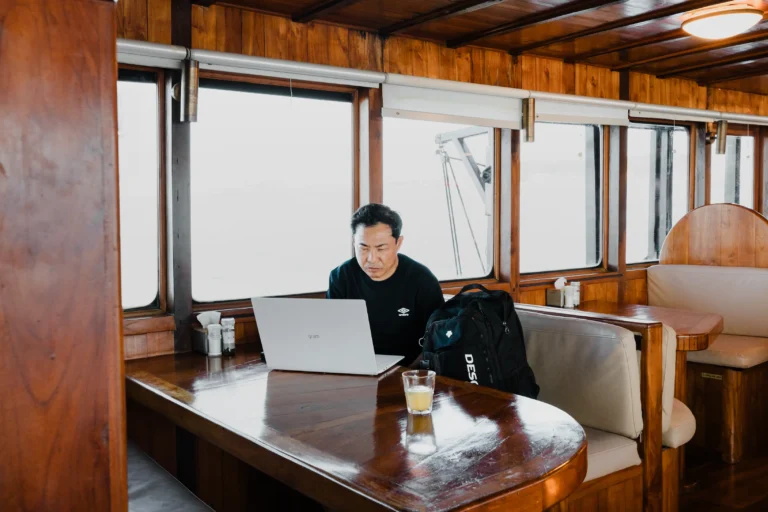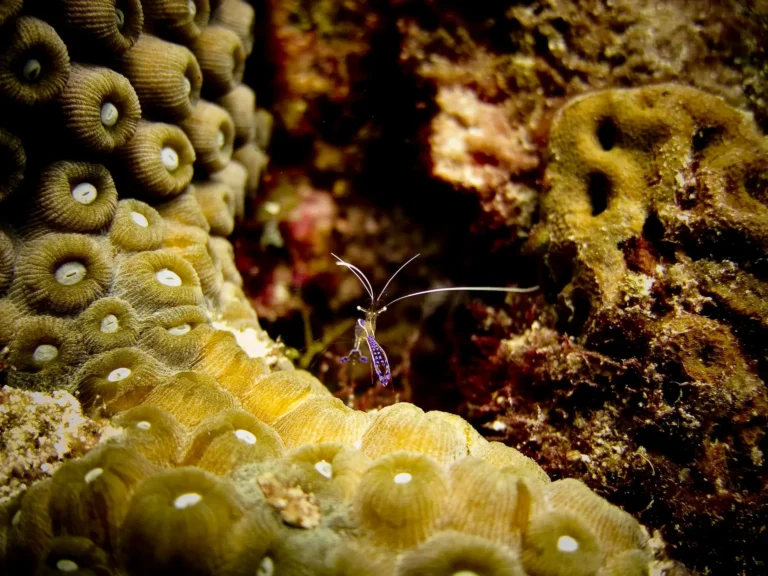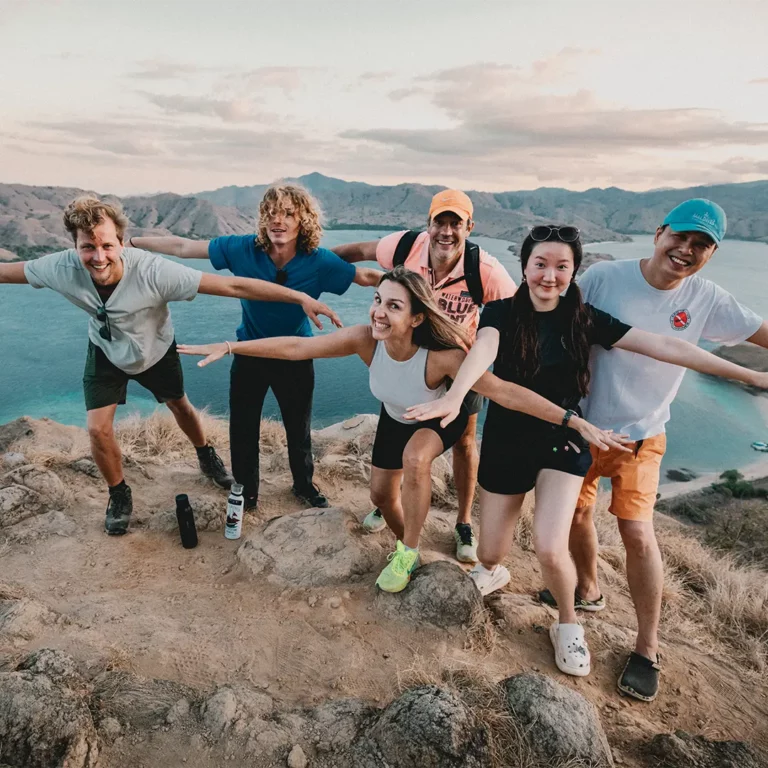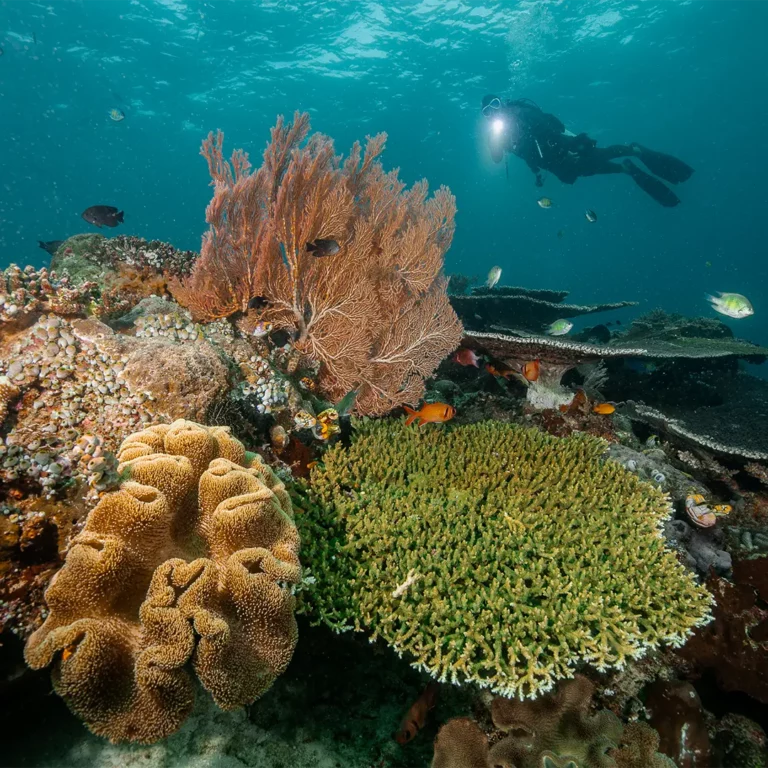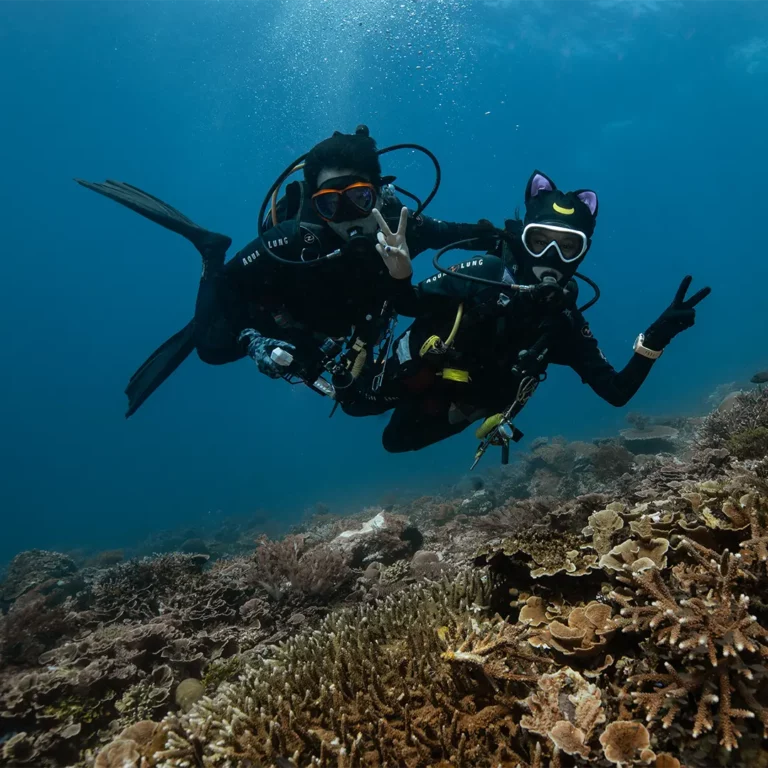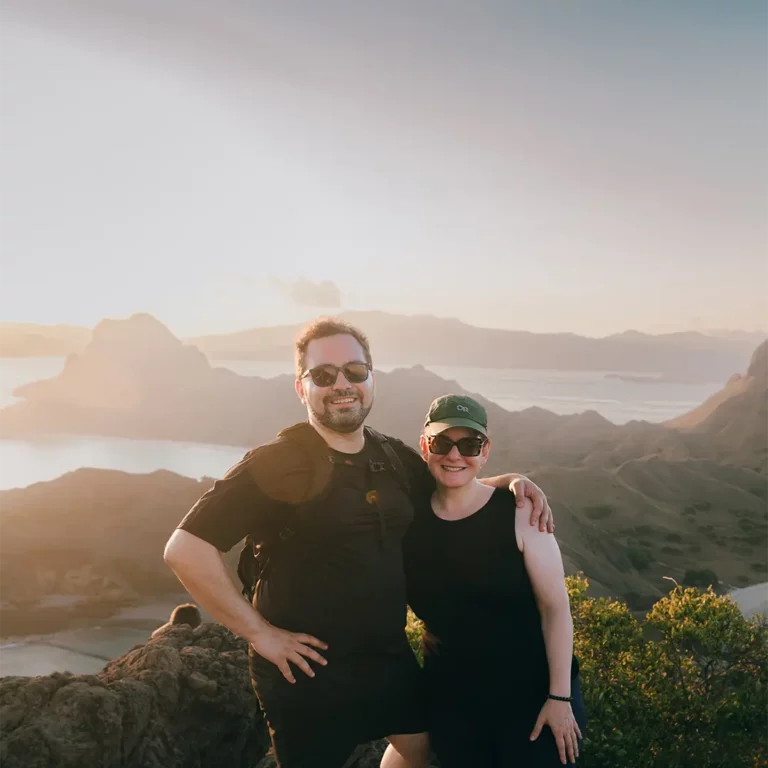The Manta Cleaning Station is a fascinating natural phenomenon in which manta rays congregate to receive cleaning services from specialised fish. These cleaning services include the removal of parasites and dead skin from manta ray bodies. Manta rays are known to visit specific cleaning stations, which are often found in shallow, warm waters. The presence of these cleaning stations is critical to the health and well-being of the manta ray population. At these stations, smaller fish like wrasses and angelfish clean the manta rays’ bodies by feeding on parasites and dead skin.
This symbiotic relationship benefits both the manta rays and the cleaning fish, as the manta rays receive necessary grooming while the smaller fish are fed. Observing this natural phenomenon can be an eye-opening experience for divers and marine enthusiasts, providing a close-up look at the complexities of ocean ecosystems.
How do Mantas behave at the Cleaning Station?
When manta rays visit a cleaning station, they exhibit specific behaviours indicating that they are ready to receive cleaning services. These behaviours may include hovering in a stationary position, extending their cephalic fins (the fins that look like horns on either side of themanta ray’s head), and opening their mouths wide to allow cleaning fish access to hard-to-reach areas.
The manta rays frequently form an orderly queue at the cleaning station, patiently waiting for their turn. This behaviour facilitates a structured and efficient cleaning process, ensuring that all manta rays benefit from the smaller fish’s cleaning services.
In addition to their cooperative behaviour at the cleaning station, manta rays demonstrate a remarkable level of trust in the cleaning fish. Despite their massive size and powerful swimming abilities, manta rays remain calm and passive while cleaning fish delicately remove parasites and dead skin from their bodies. This act of trust and cooperation between two distinct species exemplifies the intricate balance and mutual dependence found in marine ecosystems.
ALSO READ : Can Scuba Diving Reduce My Stress?
Can I dive at Manta Cleaning Station
Diving into a manta ray cleaning station necessitates meticulous planning and consideration for the safety of both the manta rays and the cleaning fish. If you want to observe this natural phenomenon up close, you must approach the cleaning station with respect for the marine environment and its inhabitants.
Before diving into a cleaning station, consult with experienced dive instructors or marine biologists who understand manta ray behaviour and the proper way to interact with them in their natural habitat. These experts can provide valuable insights into the best ways to observe and approach the cleaning station while minimising disturbance to marine life.
When diving into a manta ray cleaning station, keep a safe distance from the animals and avoid making any sudden or aggressive movements that may disrupt their natural behaviour. By remaining calm and unobtrusive, you increase your chances of seeing manta rays performing their cleaning rituals without feeling threatened or disturbed by human presence.
Normally a cleaning station will be focused around a central point like a bommie or pinnacle where the clearer fish aggregate. It’s important to keep your distance away from the feature that the manta’s use, so that you do not disrupt natural behaviour. Normally 5 – 10 metres away from the feature is enough to safely observe. Some places like the Manta Sandy Dive Site in Raja Ampat have markers to show you where to stay. At Manta Sandy a line in the sand has been constructed by rocks placed on the seafloor, all divers must stay behind this line to minimise the impact on the behaviour of the manta rays. Also on the surface of this dive site there are two buoys, these mark a ‘no go zone’ for the tenders dropping divers off to ensure there is no boat contact with the mantas either.
Furthermore, it is critical to follow responsible diving practices, such as avoiding physical contact with marine life and refraining from any actions that may harm or stress manta rays, or the cleaning fish. By following these guidelines, you can have a memorable and respectful experience while watching the fascinating interactions at a manta ray cleaning station.
ALSO READ : A Convenient Gateway: New Flight From Bali to Sorong Expands Diving Opportunities in Raja Ampat
Manta Cleaning Station Dive Guide to Indonesia
Indonesia’s extensive marine area and abundant biodiversity provide excellent opportunities for divers to explore the underwater world. Manta ray cleaning station dives are a popular activity among Indonesia bound divers. Manta Point, located in Komodo National Park, is one of Indonesia’s most famous manta ray cleaning stations. Divers can see multiple manta rays gliding through the water while visiting the cleaning station, providing a breathtaking and unforgettable experience.
The crystal-clear waters and healthy coral reefs at Manta Point provide an ideal environment for these gentle giants, making it a must-see for any diver exploring Indonesia’s underwater treasures. Divers visiting Manta Point can expect to see not only manta rays, but also a variety of marine life such as reef fish, turtles, and possibly sharks. The water visibility at Manta Point is frequently excellent, allowing for clear views of the aquatic spectacle.
In addition to Manta Point in Komodo National Park, popular manta ray cleaning spots in Indonesia include Raja Ampat’s Manta Ridge and Manta Sandy, both located in the central Dampier Strait. These locations also provide rare opportunities to see and interact with these magnificent creatures. Other less known Raja Ampat cleaning stations that are also just as spectacular include Eagle Rock Dive Site in the Kawe area, and Dayang Dive Site on the west tip of Batanta island.
When planning a dive trip to Manta Point or any other manta ray cleaning spot in Indonesia, make sure you are accompanied by an experienced guide who is familiar with the local marine environment and wildlife. This will not only improve the safety of your dive, but it will also contribute to a more enjoyable and educational experience.
If you’re planning a dive trip to Manta Point or any other manta ray cleaning site in Indonesia, you should make the necessary preparations to ensure a safe and enjoyable experience. Before embarking on your journey, conduct research and choose a reputable dive operator with experienced guides who can provide information about manta ray behaviour and conservation efforts. La Galigo Liveaboard has been diving all these manta cleaning stations and more, for over 9 years and all their dive guides are trained in the internationally recognised Green Fins Association ecologically friendly dive practices.
To ensure maximum visibility and safety, check the local weather and diving conditions as part of your preparations. Water temperatures and currents can change depending on the season, so make sure to plan ahead of time.


